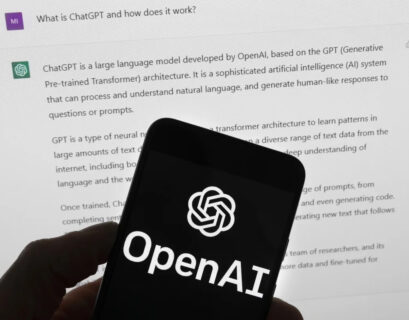Understanding Data Poisoning in Machine Learning (ML) Datasets
Data poisoning represents a critical threat in the realm of ML, allowing individuals to manipulate datasets intentionally. This manipulation can significantly and permanently alter the behavior and outcomes of ML models. By proactively detecting such attacks, organizations can save substantial time and effort that would otherwise be spent rectifying the impact of tainted data sources.
Definition and Significance of Data Poisoning
Data poisoning serves as a form of adversarial ML attack aimed at corrupting datasets to deceive or confound ML models. The ultimate objective is to induce inaccurate responses or unintended behaviors, posing a substantial risk to the future of AI technologies. As the adoption of AI continues to grow, instances of data poisoning are becoming more prevalent, leading to model distortions, inappropriate outputs, and increased misclassifications due to deliberate manipulations.
Instances and Techniques of ML Dataset Poisoning
Various forms of data poisoning exist, all geared towards influencing the output of ML models. These techniques involve introducing false or deceptive information to skew the model’s behavior. For instance, inserting an image of a speed limit sign into a dataset primarily composed of stop signs can deceive a self-driving vehicle into misidentifying road signage.
Attackers can interfere with models even without direct access to training data by inundating the model with numerous targeted messages simultaneously, disrupting its classification process. Real-world cases, such as the manipulation of Microsoft’s chatbot “Tay” on Twitter, highlight how user input can permanently alter an ML algorithm’s behavior, leading to unintended and undesirable outcomes.
Mitigating Data Poisoning Risks
Efforts to counter data poisoning fall into three main categories: dataset tampering, model manipulation during and after training, and model manipulation post-deployment. Implementing strategies like data sanitization, model monitoring, source security, regular updates, and user input validation can help organizations safeguard their ML datasets and minimize the likelihood of falling victim to poisoning attacks.
By adopting proactive detection measures and maintaining the integrity of their training data, organizations can fortify their defenses against data poisoning, thereby enhancing the security and reliability of their ML algorithms.
Zac Amos, the features editor at ReHack, specializes in cybersecurity, AI, and automation.
DataDecisionMakers
Join the DataDecisionMakers community on VentureBeat to explore cutting-edge insights, best practices, and the future of data and data tech shared by industry experts and professionals.










